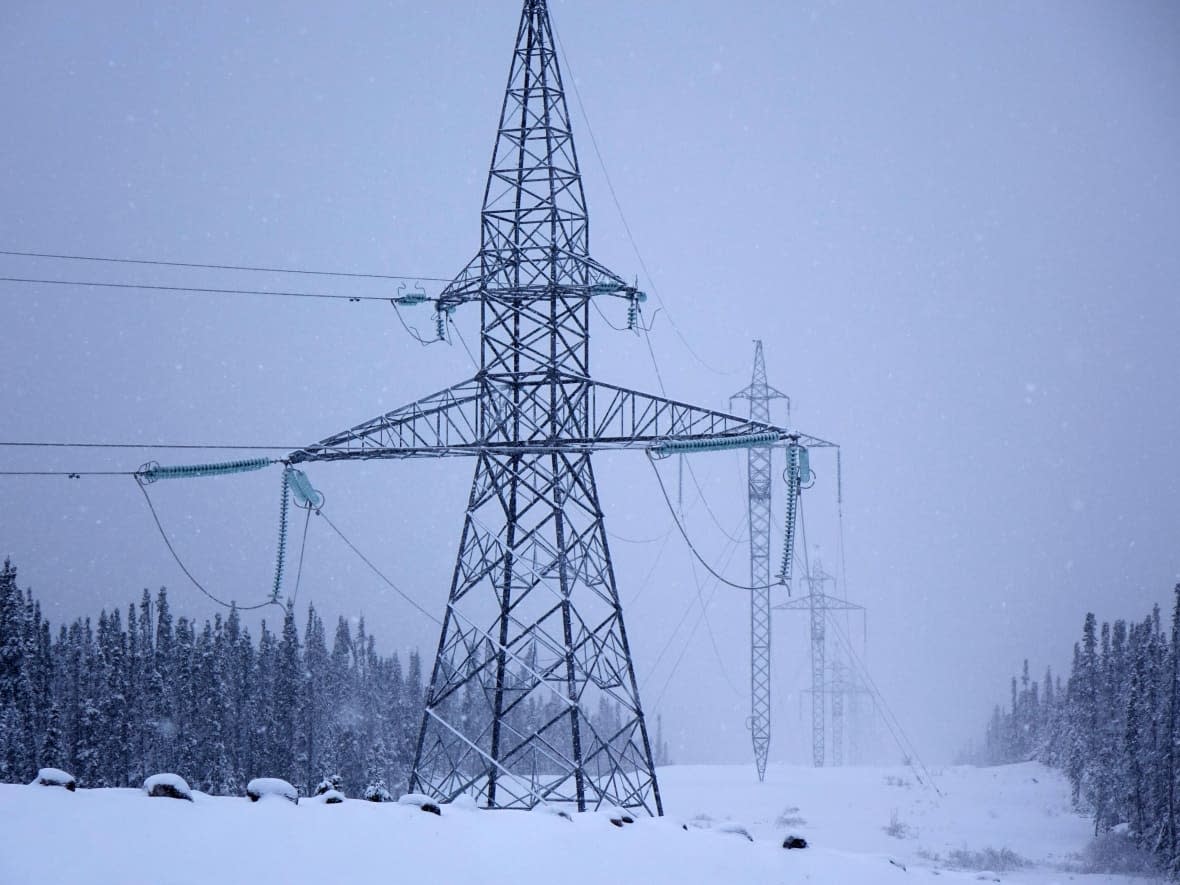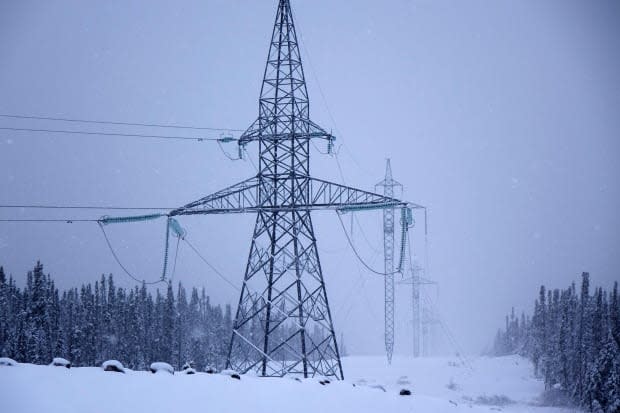Newfoundland Power 'concerned' about Muskrat Falls outages


Newfoundland Power, the island's primary electricity distributor, says it's concerned Muskrat Falls testing is leading to too many outages for customers.
For months, Newfoundland and Labrador Hydro, the main electricity producer for Newfoundland and Labrador, has struggled to complete final testing of the Muskrat Falls transmission system, which links the dam on Labrador's Churchill River to clients in Newfoundland and Nova Scotia.
A decade after the Muskrat Falls project was sanctioned, the Labrador Island Link — known as the LIL — has never functioned at full capacity. The dam can produce 824 megawatts of electricity, but the LIL is cleared to transmit only 450 megawatts.
The day after the link's last high-power tests — which failed, leading to power outages for some 60,000 clients on the island — Newfoundland Power wrote Hydro to express its concerns.
"We ask that future testing be conducted at a time that would be less impactful for our customers," wrote a Newfoundland Power employee on Nov. 25. "Specifically, can testing be conducted outside of normal business hours to minimize the impact on retailers, service providers, shoppers and other commercial enterprises?
Newfoundland Power also wrote it would "appreciate any assurances" from Hydro on steps it was taking to "mitigate" risks to customers.
CBC/Radio-Canada obtained the email through access-to-information legislation. The name of the Newfoundland Power employee was blacked out.
Overnight testing 'not practical,' says Hydro
Hydro declined an interview request but provided CBC/Radio-Canada a copy of its response to Newfoundland Power.
"While overnight testing would help to minimize customer impact, this is not practical given a number of constraints," wrote Hydro.
First, the next tests, during which Hydro will transmit 700 megawatts of electricity on the LIL, require demand on the grid to be more than 1,000 megawatts over 12-hour periods.
"Even during winter months, there is appreciable risk that these conditions would not be met during overnight hours," Hydro wrote.
"In addition, these tests must be co-ordinated with the Nova Scotia and New Brunswick system operators, the latter of which requires advance notification a minimum of 10 days before testing is to occur. To provide some certainty around the minimum load requirements for specified dates, the tests must be scheduled during daytime hours."
In a statement, Hydro spokesperson Jill Pitcher said the Crown corporation is actively planning the next round of LIL testing in collaboration with Newfoundland Power.
In an update sent Thursday to the Public Utilities Board, the organization that regulates electricity utilities in Newfoundland and Labrador, Hydro said the next round of LIL testing would begin on Feb. 7 and continue for three weeks.
Reliability is 'critically important'
Newfoundland Power spokesperson Michele Coughlan said in a statement to CBC News that given the LIL's performance to date, the company remains concerned about reliability for its customers.
"As Hydro's largest customer, reliability of supply is critically important to us too. Given the performance of the LIL to date, we remain concerned about reliability for our customers," she wrote.
Newfoundland Power, a private company with 273,000 customers, buys 93 per cent of the electricity it distributes from Hydro. Hydro, a Crown corporation, produces the vast majority of electricity used in the province.
"Our priority is to ensure that any impact or interruption of service for Newfoundland Power and our customers is minimized, and that, in relation to the LIL, all necessary efforts and actions are taken to mitigate the risk of power interruptions for our customers," she wrote.
The LIL, a transmission system that spans more than 1,000 kilometres and cost nearly $4 billion, has faced a litany of problems.
An intractable software problem continues to plague the transmission system, with no solution in sight, according to recent filings to the Public Utilities Board. In December and January, several pieces of the link, including cables and turnbuckles, broke or fell to the ground, sometimes in remote areas dozens of kilometres from the nearest public road.
The Muskrat Falls project, labelled a "boondoggle" by former Nalcor CEO Stan Marshall, was expected to cost $7.4 billion a decade ago. Today, the price tag sits at $13.4 billion, according to Hydro.
Work was expected to be completed in 2017, but the project still hasn't crossed the finish line.


